Glycerin Mono-Stearate
We believe in providing top quality workmanship and are so confident in our level of service that we back.
We believe in providing top quality workmanship and are so confident in our level of service that we back.
The Glycerol Monostearate (GMS) is one of the most value-added products employed in industrial applications in the food industry, pharmaceutical, and non-ionic surfactants.
Glycerol monostearate is a high-economic-value product and has a bright market prospect in this globalization era. The most used for synthesizing glycerol monostearate is reacted over glycerol and stearic acid using a catalyst.
The esterification of glycerol and stearic acid is a great alternative method to convert the remaining glycerol into high-quality products.
Sourcing: Obtain high-purity stearic acid and glycerol as primary raw materials. Pre-treatment: Purify raw materials to remove impurities that could affect the quality of the final product. .
Mixing: Combine stearic acid with glycerol in a reactor. Catalysis: Add a catalyst, typically an acid catalyst like sulfuric acid, to promote the reaction. Reaction Conditions: Conduct the reaction under controlled temperature and pressure to produce Glycerol Monostearate (GMS) and water.
Separation: Use separation techniques to remove excess stearic acid, glycerol, and by-products from the reaction mixture. Purification: Employ methods like crystallization, filtration, or distillation to purify the GMS and achieve the desired product quality.
Cooling: Gradually cool the purified GMS to solidify it. Solidification: Allow the GMS to crystallize and solidify, facilitating easier handling and packaging.
Packaging: Package the solidified GMS in suitable containers to prevent contamination and degradation. Use appropriate packaging materials to maintain product quality. Labeling: Label packages with relevant information, including product name, batch number, and expiration date.

Strategies to ensure proactive domination. At the end of the day,User generated content in real-time will have multiple touchpoints for offshoring.

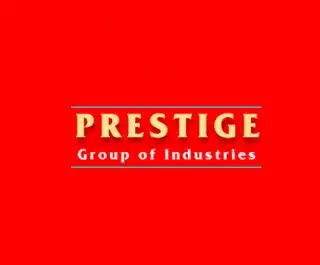


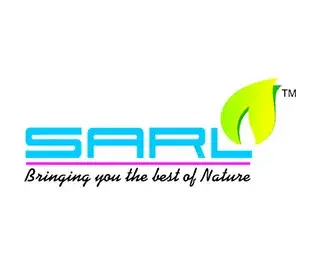
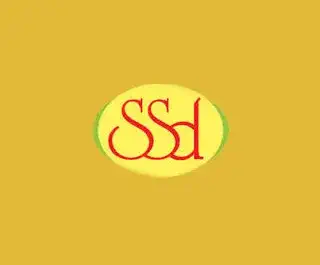
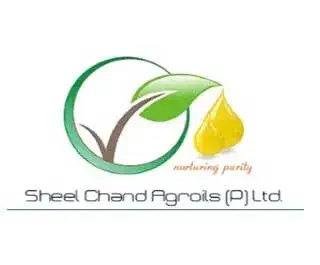
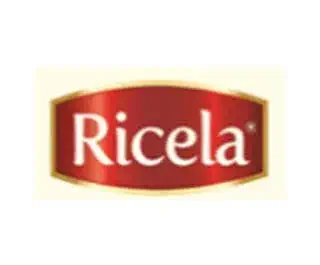
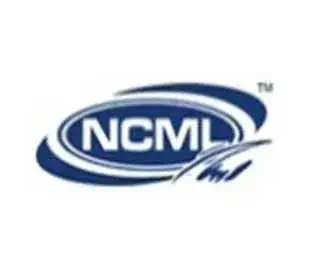
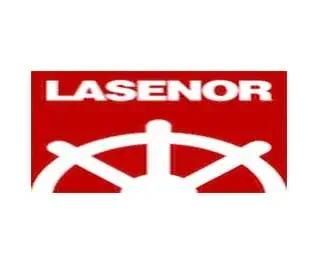
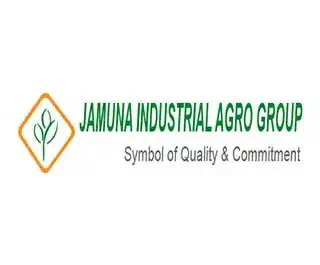
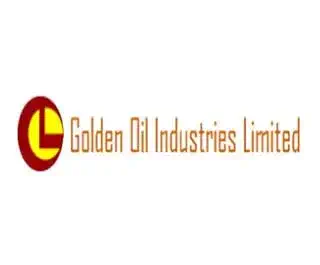


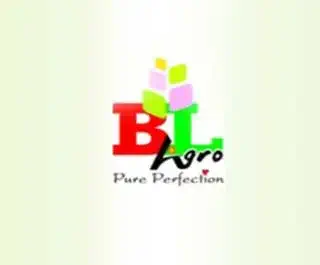
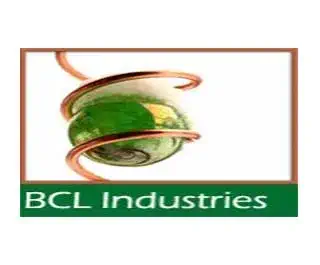
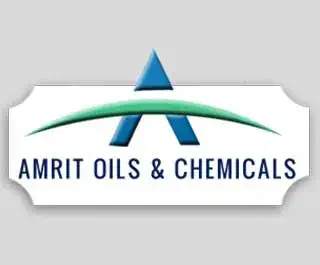
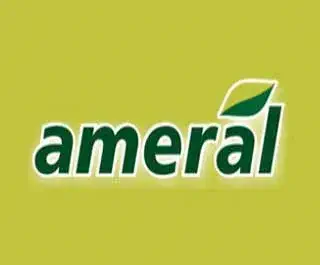
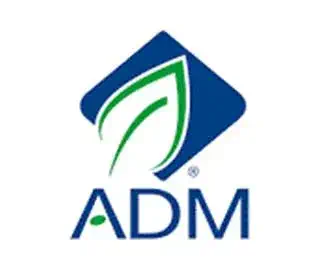
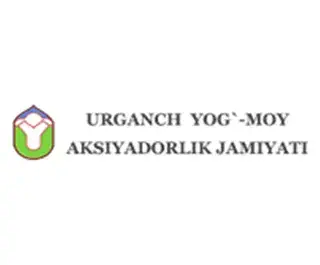
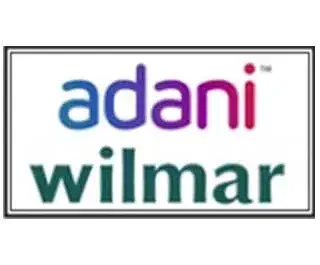
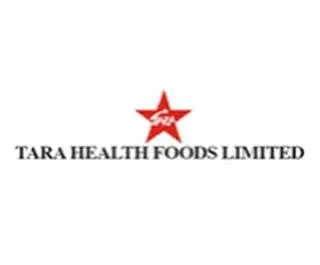
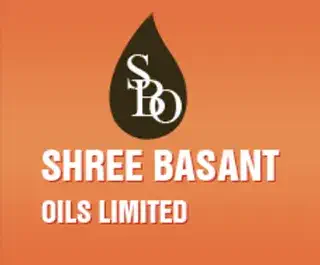
Discover some of the most asked questions regarding Glycerin Mono-Stearate.
1. Food Industry: It is commonly used as an emulsifier in baked goods, margarine, and confectionery to help mix ingredients that typically don’t blend well, like oil and water.
2. Cosmetics and Personal Care: GMS is used in lotions, creams, and shampoos to improve texture and stability.
3. Pharmaceuticals: It acts as a stabilizer and emulsifier in some medicinal formulations.
Yes, GMS is considered safe for use in food products. It is approved by various food safety authorities, including the U.S. Food and Drug Administration (FDA) and the European Food Safety Authority (EFSA). It is generally recognized as safe (GRAS) when used within recommended limits
GMS is produced through the reaction of glycerol (a byproduct of fat and oil processing) with stearic acid (a fatty acid). This reaction is typically carried out under controlled conditions to produce the ester.
There are several alternatives to GMS, including other emulsifiers and stabilizers such as lecithin, xanthan gum, and guar gum. The choice of alternative depends on the application and desired properties of the final product.